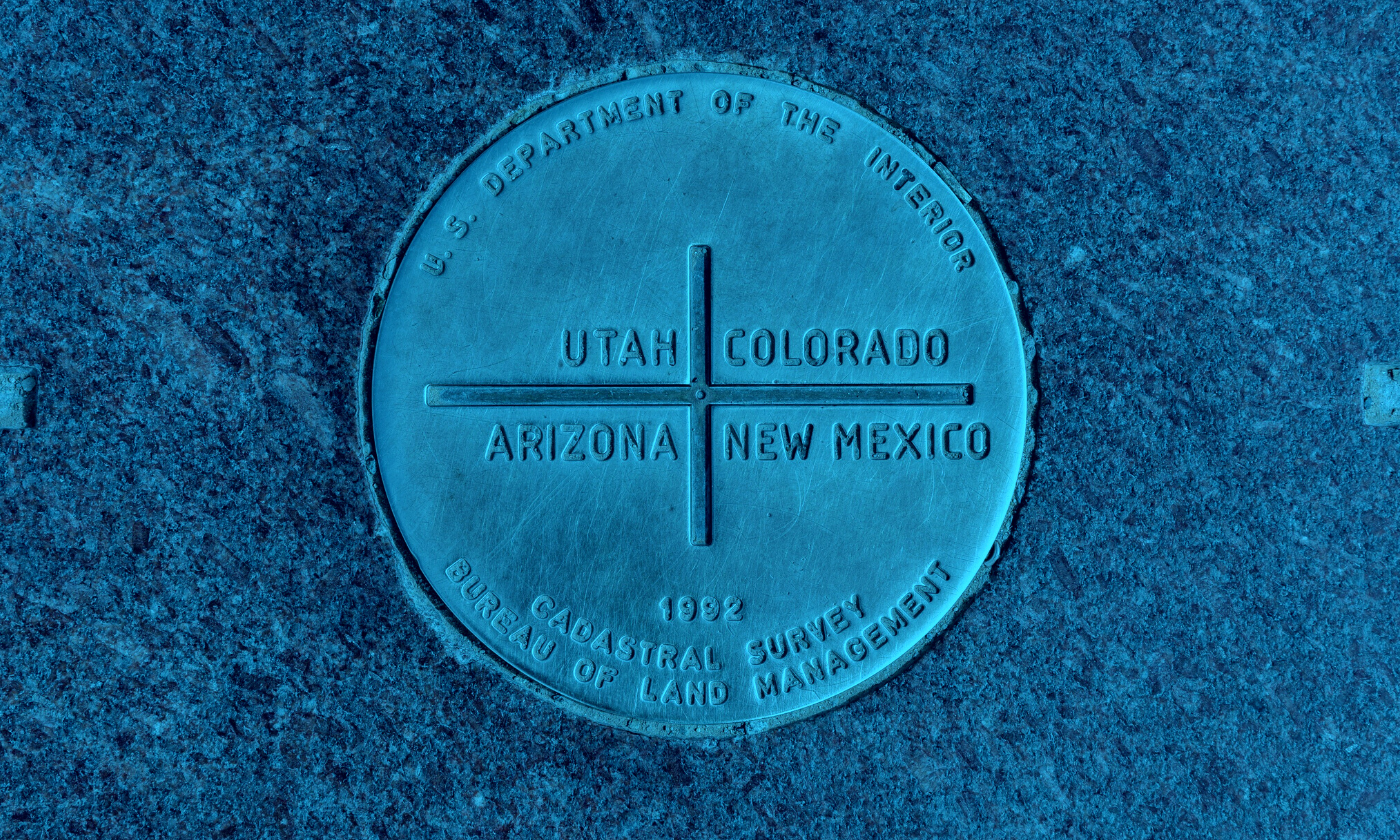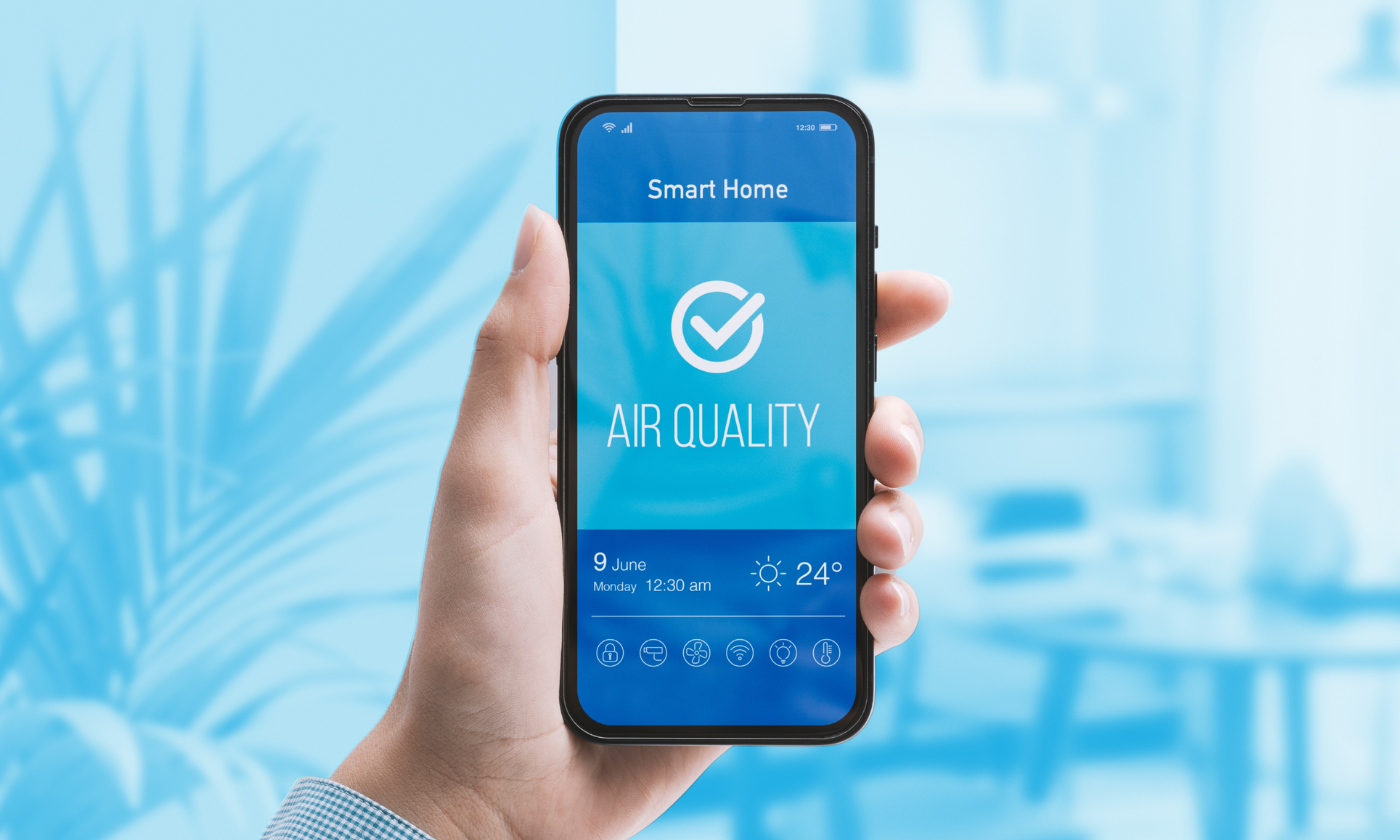Did you know? The Four Corners Methane Hot Spot, also known as the San Juan Basin methane leak, is home to the highest concentration of methane pollution in the United States.
Methane is the primary component of natural gas. It is emitted by natural sources such as wetlands and human activities, primarily oil and gas drilling, coal mining, and raising livestock. While it’s the second most prevalent greenhouse gas behind carbon dioxide, it is far more impactful. The mysterious cloud of methane gas was discovered in 2014 using past satellite images taken between 2003 and 2009.
Methane is more than 25 times as potent as carbon dioxide when trapping heat in the atmosphere. In the first 20 years after it’s emitted, methane becomes more than 80 times more potent than carbon dioxide.
Within the past decade, an unexpected major methane patch was discovered by satellite covering 2,500 square miles (6,500 square kilometers) near the Four Corners intersection of Arizona, Colorado, New Mexico, and Utah. This methane hot spot triggered an investigation by NASA and the National Oceanic and Atmospheric Administration (NOAA) in a hunt to find the exact sources of methane emissions in the San Juan Basin.
What Contributes to the Hot Spot?
The San Juan Basin was the largest producer of natural gas, so naturally, the biggest contributor is methane emissions from oil and gas operations, where the colorless, odorless gas escapes during every step of production and distribution. Some wells are designed to capture both oil and gas for the market, but natural gas is often vented or flared (which is the process for burning the waste gas), and only oil is captured.
Coal mining and coalbed mining and processing also play a part in elevated methane levels. Where a coal reserve meets the land's surface, methane is released into the atmosphere through natural seeps or mining. Sometimes this gas is captured, but often it is not. Methane also leaks from abandoned oil and gas wells that are not cemented closed.
Between 2003 and 2009, this methane hot spot emitted 0.59 million metric tons of methane yearly. Currently, there are 26,000 active oil and gas wells and over 11,200 abandoned wells in the San Juan Basin. However, researchers identified around 250 individual sources of methane leaks in 2016, including gas wells, storage tanks, pipelines, and processing plants. These sources account for approximately half of all methane emissions in the area.
Properly plugging abandoned oil and gas wells will help improve air quality across the Four Corners region and its hovering methane cloud. It will also help protect water resources and improve the health of the communities and wildlife that inhabit nearby areas.
How Natural Gas Affected The Community
Methane is one of the most dangerous greenhouse gases released into the atmosphere. The methane hotspot negatively impacts communities in the Southwestern United States in more ways than one. According to the San Juan Citizens Alliance, those impacts include:- Climate Change: Methane leaks add to climate change by contaminating the soil and air and it holds a higher potency than CO2.
- Wasted Dollars: Enough methane is leaked every year to fuel 10 million homes, and the lost gas is valued at an estimated $2 billion dollars. In New Mexico alone, the state is losing up to $275 million in waste from oil and gas operations annually, which costs the state an additional $40 million in annual tax and royalty revenue.
- Public Health: Methane is commonly associated with volatile organic compounds (VOCs) and contributes to ground-level ozone pollution, which harms human health and worsens climate change.
Since many oil and natural gas wells are abandoned, properly closing them and reducing methane emissions is more challenging since no owners exist. Fortunately, the nationwide community can help out.
What We Can Do Now
Communities and local governments must work together to preserve their quality of life and mitigate the effects of natural gas and other environmental pollutants.
In 2014, Colorado became the first state in the United States to place regulations to reduce methane emissions from oil and gas operations—rules that went further than the Environmental Protection Agency’s. However, less restrictive measures in a neighboring state can still adversely impact states with stricter regulations.
New Mexico, for example, had the worst local methane emissions regulations in the country. New Mexico Governor, Michelle Lujan Grisham, signed an executive order in January 2019 to combat wasted capital and work toward lowering methane emissions. The New Mexico Environment Department proposed new rules requiring oil and gas companies to detect and repair leaks, including methane leaks, to reduce greenhouse gas emissions and air pollution.
Moreover, the Revive Economic Growth and Reclaim Orphan Wells (REGROW) Act of 2021 was recently passed as part of a larger infrastructure package. It allocated nearly $5 billion for plugging abandoned wells across the country. From this, $400 million is allocated toward orphan well cleanup on public and tribal lands.
Natural gas detectors from DeNova Detect also help mitigate new gas leakage with real-time preventative measures. DeNova Detect is committed to protecting those experiencing natural gas threats or who have been significantly impacted. With state-of-the art sensor and detection technology, DeNova Detect field deployment and data can support researchers and workers in identifying sources of leaks more quickly and accurately.
To learn more about how New Cosmos USA and our DeNova Detect products can help protect your community, visit our natural gas blog or browse our residential natural gas alarms for yourself.





Leave a comment
This site is protected by hCaptcha and the hCaptcha Privacy Policy and Terms of Service apply.